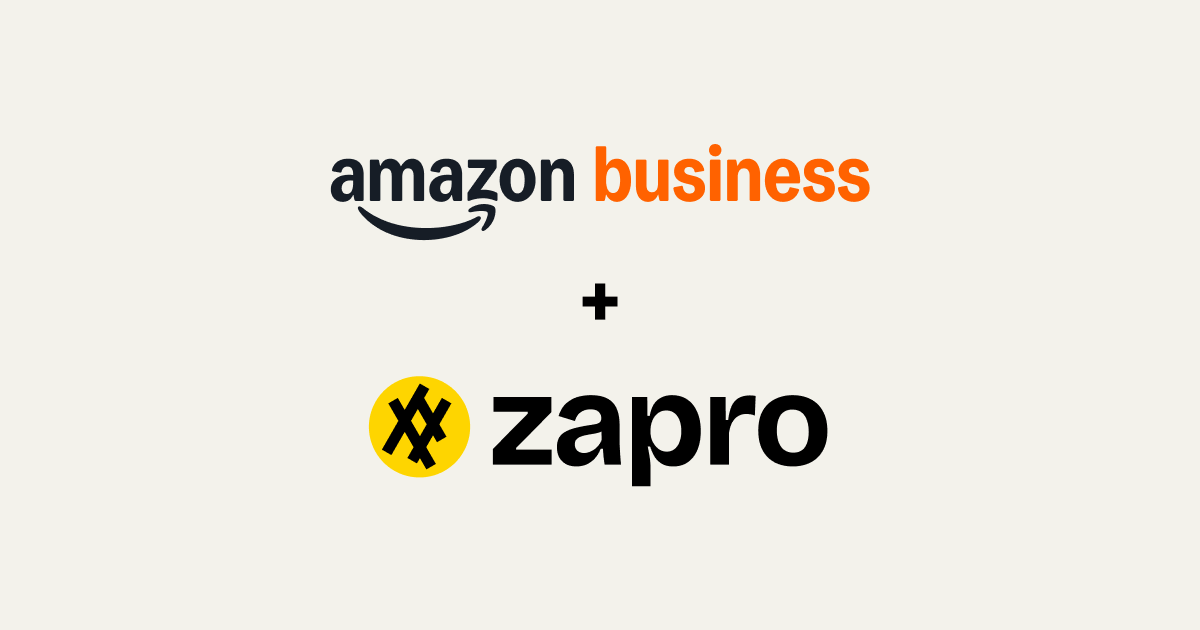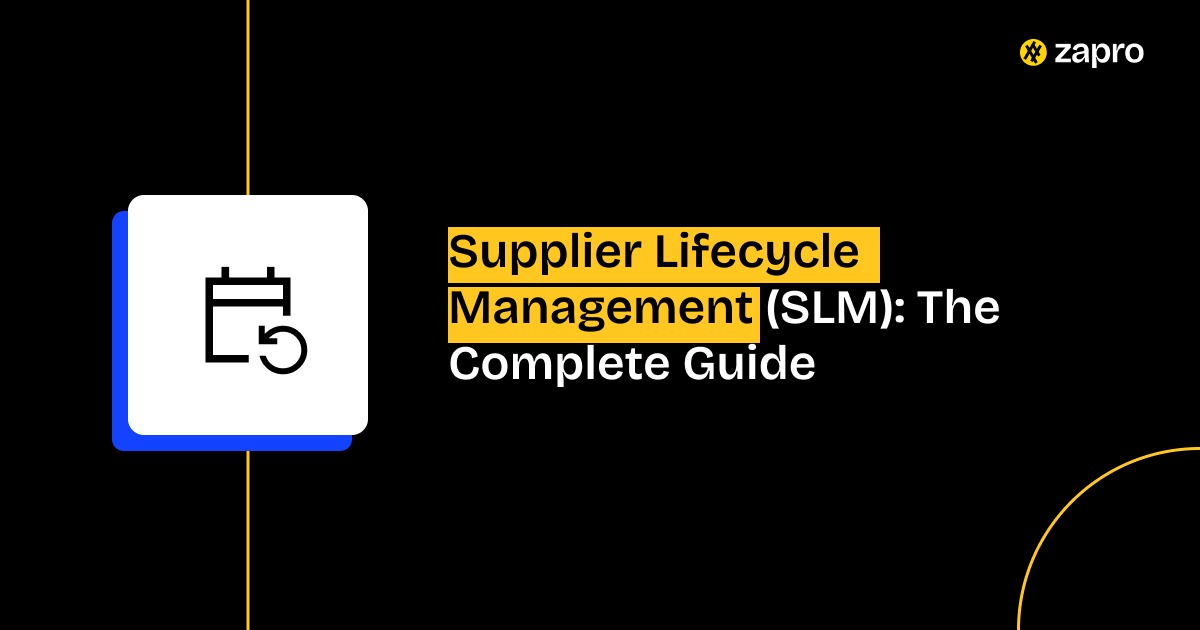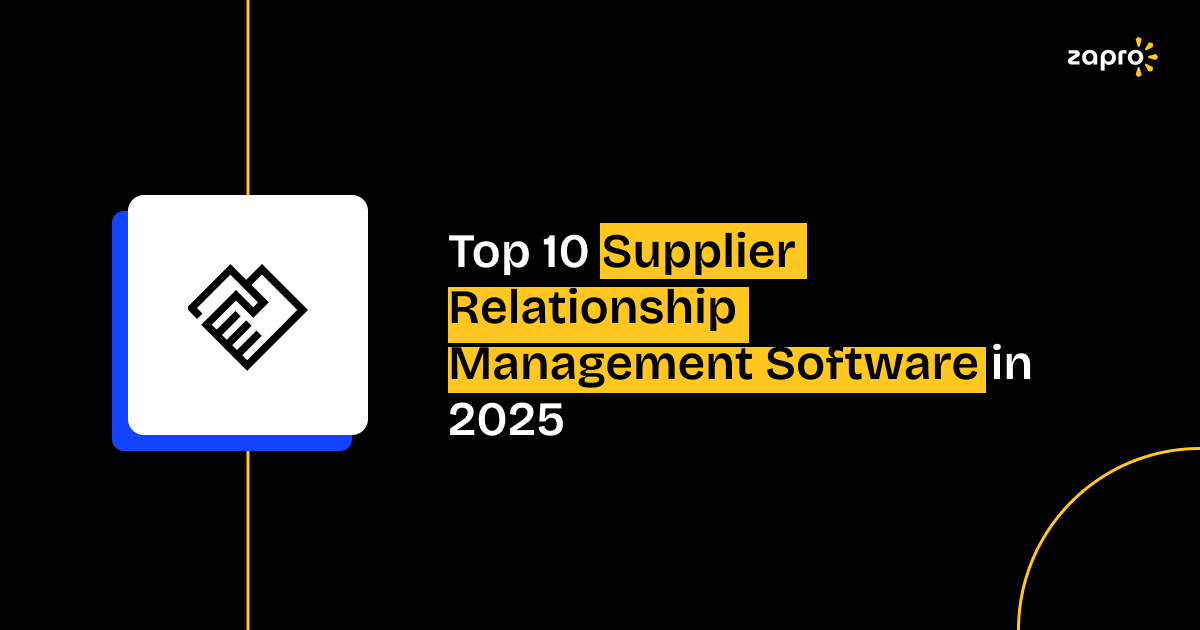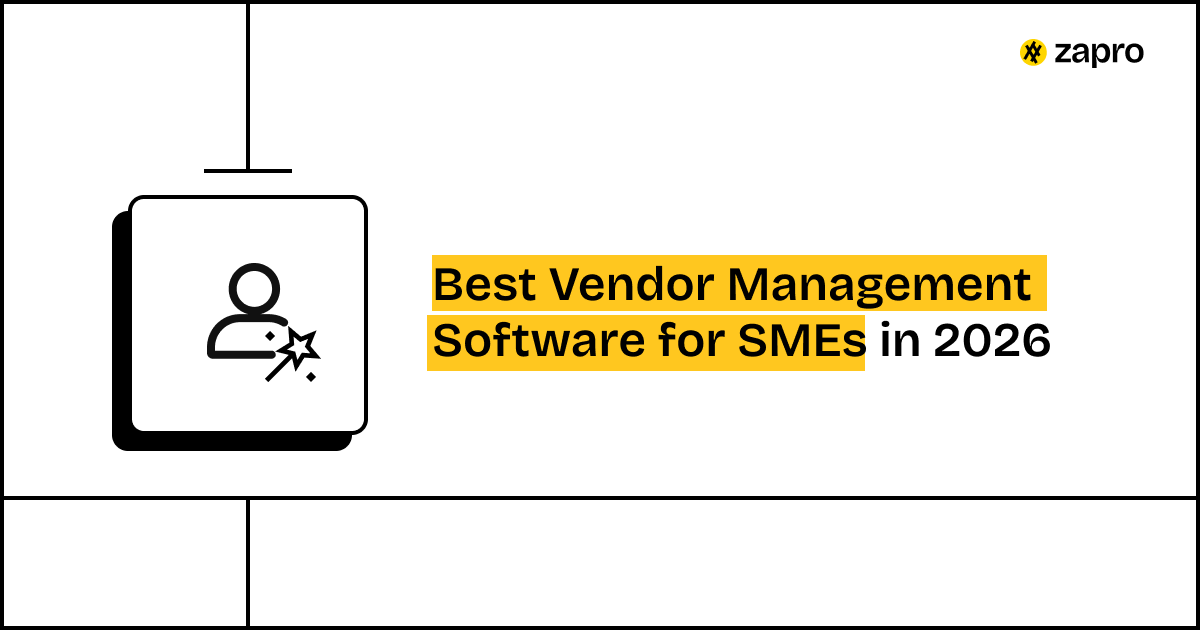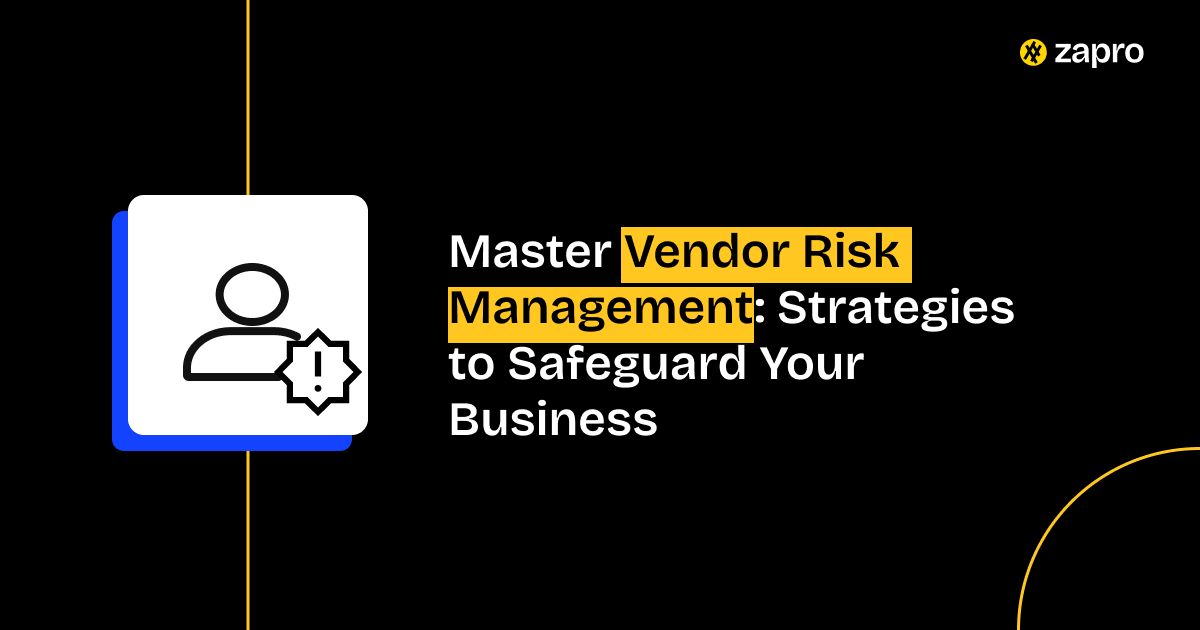What is supplier lifecycle management?
The structured process of supplier lifecycle management (SLM) tracks all supplier interactions from their first identification through qualification to onboarding and performance assessment and risk management and collaborative work and ends with contract renewal or supplier termination.
The process of SLM functions as a strategic plan which guides businesses through their complete supplier relationship cycle from first contact until business conclusion. The framework provides organizations with a systematic approach to maintain supplier compliance while obtaining value delivery and goal achievement.
A properly established SLM framework enables organizations to solve three essential questions about their suppliers:
- The organization needs to determine which suppliers will provide the best results from the beginning.
- The suppliers fulfill all performance requirements and meet both compliance standards and cost targets.
- The relationship maintains its value or needs expansion through renegotiation or termination.
The SLM approach combines supplier management control with collaborative practices as its core principle. The system unites operational requirements for compliance and cost management with strategic demands for supply chain innovation and sustainability and business continuity.
Why is SLM critical in modern supply chains?
Supply chains operate as complex worldwide networks which now surpass their basic linear and local characteristics. The current business environment demands complex global supply networks to handle rising market instability together with customer service requirements and regulatory compliance needs. The current business environment demands supplier lifecycle management as an essential operational requirement.
Here’s why SLM is so critical:
1. Managing global risks
- The suppliers operate from different geographic locations which present separate difficulties because of political instability, logistics problems, and natural disasters.
- The system provides organizations with a method to assess suppliers and track their performance while implementing risk reduction strategies.
| According to the 2025 WTW Global Supply Chain Risk Report, only less than 8% of businesses believe that they actually have full control over their supply chain risks. While 63% reported higher-than-expected losses due to geopolitical, cyber, and supplier risks. This critically highlights the importance of continuous supplier risk assessment and mitigation. |
2. Ensuring compliance and sustainability
- The current procurement process requires more than just cost reduction.
- Organizations need to follow all compliance rules while upholding ethical sourcing practices and showing proof of sustainability and ESG performance.
- The system monitors suppliers through performance metrics and Procurement KPIs to support continuous assessment and development.
| Over 58% of global organizations monitor supplier sustainability performance as part of their Supplier Relationship Management programs, using KPIs to track carbon footprints, ethical sourcing, and ESG compliance. – Source |
3. Driving performance and efficiency
- The three essential priorities for organizations include cost management, service excellence, and on-time delivery performance.
- The procurement team gains complete visibility through SLM which allows them to track supplier performance data and Procurement KPIs for continuous assessment and improvement.
4. Enabling supplier-led innovation
- Organizations today seek product development, process enhancement, and technological advancements from their supplier base.
- The lifecycle management framework enables organizations to build strong relationships between suppliers and customers which leads to innovative solutions.
5. Supporting digital transformation
- The adoption of E-procurement Software and integrated Supplier Management Software enables SLM to manage supplier data, contracts, compliance records, and performance dashboards from a centralized platform.
- The digital-first approach to supplier management creates a system which scales up and prepares for future needs.
The implementation of supplier lifecycle management creates a supply chain system which operates efficiently while following regulations and demonstrates resilience and innovation and supports long-term business targets.
Get Started with the #1 SLM Platform

Key phases of supplier lifecycle management
The supplier lifecycle includes all interactions between organizations and their suppliers which span from first contact through to the end of the partnership. The process contains several essential stages.
1. Supplier identification and qualification
- Organizations conduct research to find new suppliers.
- Evaluation includes financial stability, operational capacity, compliance status, and environmental sustainability performance.
- A proper qualification process helps organizations select dependable business partners for future collaboration.
2. Onboarding and compliance
- This step formalizes the relationship.
- Requires suppliers to present legal documents, financial records, system integration, and compliance verification.
3. Performance monitoring
- Active suppliers receive performance tracking through Procurement KPIs and dashboards.
- Also monitors delivery performance, cost management, and quality standards in each and every stage.
- Regular assessments will only help companies identify top-performing suppliers and handle underperforming suppliers easily and fastly.
4. Risk management
- Supply chain operations have become very vulnerable to three critical, but often overlooked risks: financial instability, compliance breaches, and delivery interruptions.
- Risk management usually also includes things like ongoing supplier tracking, audit activities, and predictive technology systems to build better, more resilient supply chains.
5. Collaboration and innovation
- Advanced supplier relationships generate value through business connections.
- Includes collaborative projects, shared knowledge, and performance-based contracts.
- Enables organizations to achieve sustainability targets and drive innovation.
6. Renewal or offboarding
- Organizations must choose between extending current contract terms, starting new negotiations, or ending the business relationship when contracts expire.
- The offboarding process requires organizations to:
- Fulfill outstanding commitments
- Protect data
- Maintain documentation for future reference.
SLM vs SRM in procurement: What’s the difference?
The procurement functions of supplier lifecycle management (SLM) and supplier relationship management (SRM) operate as separate entities although they maintain close connections.
1. Supplier lifecycle management (SLM)
- Handles supplier interactions from discovery through onboarding, performance tracking, and termination or renewal processes.
- Functions as a process-based approach that maintains uniform management of supplier lifecycle stages.
- Operates as a lifecycle management system which provides structure.
2. Supplier relationship management (SRM)
- Focuses on maintaining continuous relationships with strategic suppliers through collaborative partnerships.
- Aims to develop trust relationships that drive innovation and deliver enduring value beyond contractual obligations and regulatory requirements.
- Functions as a relationship management approach that builds strategic partnerships.
3. How SLM and SRM work together
- Proper lifecycle management (SLM) provides structure to relationships.
- Successful supplier relationships (SRM) enable lifecycle processes to generate meaningful value.
Benefits of supplier lifecycle management
The implementation of Supplier Lifecycle Management (SLM) extends past basic operational optimization. The practice generates enduring value for procurement operations and supply chain management and the entire business organization.
1. Better supplier selection
- The organization can select dependable suppliers who fulfill all requirements through an organized qualification process.
- The vendor management system enables organizations to achieve better compliance and risk management through ongoing monitoring activities.
- The system enables organizations to achieve cost efficiency and performance improvements.
- The tracking of Procurement KPIs helps organizations identify ways to reduce costs while improving product quality and service delivery.
2. Stronger supplier relationships
- The implementation of SLM creates an environment where suppliers can share their market insights and innovative ideas and contribute to collaborative partnerships.
3. Data-driven visibility
- Procurement Software enables organizations to access real-time supplier data which helps them make better sourcing and renewal choices.
4. Supply chain resilience
- Organizations that practice proactive risk management gain the ability to handle disruptions effectively while sustaining business operations.
- The process of supplier engagement through structured collaboration enables organizations to achieve innovation and sustainability goals.
- The practice of structured supplier collaboration enables organizations to develop new products while promoting environmentally friendly practices and achieving their long-term ESG targets.
5. Scalability and digital maturity
- The correct tools enable organizations to expand their supplier management operations across different regions and categories without sacrificing control.
Best supplier lifecycle management software in 2025
The right supplier lifecycle management software in 2025 will determine whether companies succeed through proactive supplier management or continue with their current reactive approach to supplier management.
The following list presents the leading solutions which enable organizations to optimize their supplier qualification processes and maintain compliance while managing performance and encouraging innovation.
a. Zapro
Overview
The AI-based vendor management platform Zapro provides end-to-end vendor and contract management solutions through its scalable design. The system uses automated onboarding and AI risk analytics and ERP connections to enhance both compliance and decision-making capabilities.
Key features
- Automated vendor onboarding
- Contract lifecycle management
- Risk monitoring and real-time analytics
- ERP system integration
Pros
- User-friendly design
- Scalability
- Advanced AI risk detection
- Customization options
Cons
- Requires specific pricing arrangements
- Setup processes needed for advanced features
Pricing
Basic plans start at $299 per month for startups. Enterprises need to request personalized pricing.
b. SAP Ariba
Overview
SAP Ariba stands as the market-leading procurement solution which provides complete supplier onboarding and performance management and compliance and spend analytics for worldwide businesses.
Key features
- Supplier lifecycle management
- Procurement automation
- Spend analysis and compliance monitoring
- Access to a wide supplier network
Pros
- Extensive capabilities
- Supports worldwide operations
- Integrates well with ERP systems
Cons
- High cost
- Complicated setup
- Requires training for advanced features
Pricing
Base price for mid-size businesses starts at $25,000 per year. Large enterprises must contact the company for specific pricing.
c. Oracle Supplier Lifecycle Management
Overview
The Oracle Cloud SCM platform includes Oracle’s SLM solution which delivers complete automation for supplier qualification and risk management and performance tracking with advanced analytics and regulatory compliance tools.
Key features
- Supplier qualification and risk analytics
- Contract management
- Performance scorecards
- Compliance reporting
Pros
- Strong integration with Oracle ERP systems
- Advanced analytics
- Designed for large enterprises
Cons
- High cost
- Complex deployment
- Requires knowledge of Oracle ecosystem
Pricing
Follows Oracle Cloud SCM pricing models with a custom pricing structure.
d. ServiceNow Vendor Risk Management
Overview
ServiceNow Vendor Risk Management enables automated vendor performance tracking and risk assessment through its integration with IT service management to deliver instant risk data and compliance monitoring.
Key features
- Automated risk evaluation
- Vendor performance tracking
- Issue management and workflow integration
- Dashboard-based compliance monitoring
Pros
- Instant risk detection
- Works best for organizations using ServiceNow ITSM
- Complete integration with ServiceNow platform
Cons
- Requires ServiceNow platform access
- High cost
- Configuration requirements
Pricing
Depends on ServiceNow licensing models, primarily focused on enterprise customers.
Best practices for effective supplier lifecycle management
The successful implementation of supplier lifecycle management requires proper execution beyond the selection of appropriate processes and software systems.
The following established best practices exist for supplier lifecycle management:
1. Standardize processes across teams
- The organization needs to create specific guidelines for supplier onboarding and risk evaluation and performance tracking to achieve uniformity throughout all departments.
2. Use data and analytics
- The combination of dashboards and Procurement KPIs enables organizations to monitor supplier performance and detect potential risks while making data-driven decisions about supplier renewals and terminations.
3. Segment your suppliers
- All suppliers fall into different categories that require unique management approaches.
- The management approach for suppliers should depend on their criticality level and spending volume and risk exposure classification.
4. Prioritize compliance and ESG
- Every stage of the supplier lifecycle must include sustainability and regulatory compliance to stay in front of developing worldwide industry standards.
5. Foster collaboration
- The relationship between your organization and suppliers should progress from basic transactions to include collaborative work on innovation and process enhancement and strategic planning.
6. Adopt the right technology
- The implementation of Supplier Management Software and E-procurement Software enables data centralization and workflow automation which supports the expansion of SLM operations worldwide.
7. Regular assessments
- Regular assessments of your SLM framework should occur to maintain alignment with market changes and business objectives and emerging risks.
Future trends in supplier lifecycle management
Supplier lifecycle management continues to experience rapid transformation. The following changes will define the future direction of supplier lifecycle management.
1. AI and predictive insights
- AI systems will evolve from dashboard-based monitoring to perform predictive risk assessments, real-time contract analysis, and compliance gap detection.
| Weekly use of generative AI in procurement increased by 44 percentage points in 2025, with 85% of procurement leaders optimistic about AI’s efficiency gains, though 61% have yet to implement it. – Source |
2. Expanded automation
- The process of automation will expand to handle large-scale operations.
- The automation of supplier onboarding, document verification, and scorecard evaluation will reduce delays and minimize human involvement in these processes.
3. ESG and sustainability focus
- The tracking of carbon emissions, ethical labor practices, and compliance will become essential requirements for all businesses through SLM tools that automatically include ESG reporting functions.
4. Real-time monitoring
- Organizations will adopt real-time monitoring systems to track supplier health status, disruptions, and geopolitical risks instead of traditional periodic reviews.
5. Collaborative digital platforms
- Digital platforms will enable suppliers to work more closely with businesses through their collaborative features.
- These features support joint product development, process enhancement, and sustainability projects.
Zapro enables organizations to construct an advanced supplier lifecycle management system
Today’s supplier management requires more than contract administration and compliance because organizations need to develop supplier networks that enhance operational performance, business resilience, and innovation. The current market offers numerous legacy platforms which handle transactional record maintenance yet these systems create difficulties for procurement teams because they generate complex systems with poor user interfaces and separate operational processes.
Zapro’s distinct methodology
- Provides organizations with complete visibility and control throughout the entire supplier lifecycle.
- Intelligent and adaptable design simplifies adoption processes.
Comprehensive lifecycle management
- Centralized platform handles:
- Supplier onboarding
- Compliance
- Performance tracking
- Risk assessment
- Renewal processes
AI-driven capabilities
- Uses AI technology to:
- Identify potential risks
- Optimize supplier performance
- Discover savings opportunities
- Enable innovative solutions
Sustainability and compliance monitoring
- Built-in tools enable organizations to:
- Monitor sustainability performance
- Track regulatory compliance
- Ensure suppliers meet corporate value standards
Collaboration-first ecosystem
- Functions as a supplier ecosystem hub.
- Enables real-time communication, data sharing, and co-innovation between suppliers.
Ease of adoption
- Simple and scalable platform with quick adoption.
- Avoids the complex implementation processes found in traditional legacy systems.
Zapro serves as your dependable strategic partner which enables supply chain future readiness and enhances supplier connections to deliver actual strategic value. The platform functions as a superior method for managing suppliers through their complete lifecycle.
Book a demo with Zapro today and experience a smarter way to manage your supplier lifecycle.

Start Smarter with Zapro
Automate onboarding, track risks instantly, and stay ahead of compliance—all in one platform.
Don’t miss our weekly updates
We’ll email you 1-3 times per week—and never share your information.
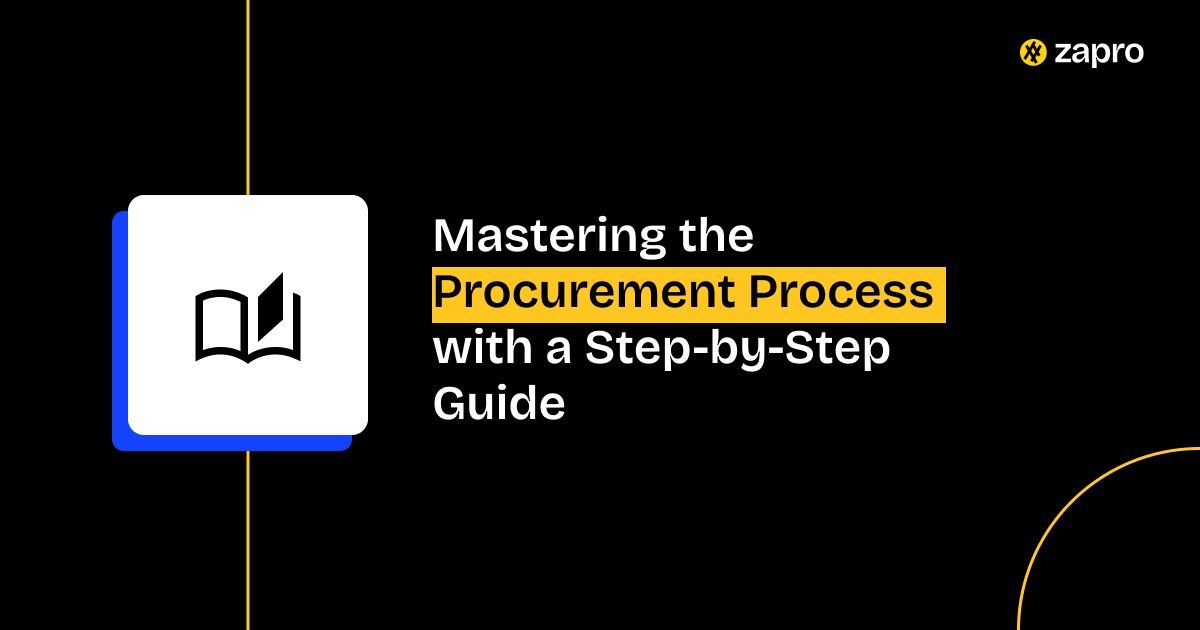
 Healthcare
Healthcare Financial Services
Financial Services Technology
Technology Venture Capitalist
Venture Capitalist Chief Procurement Officer
Chief Procurement Officer Chief Financial Officer
Chief Financial Officer